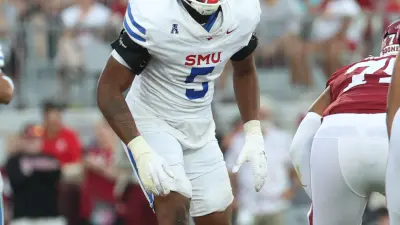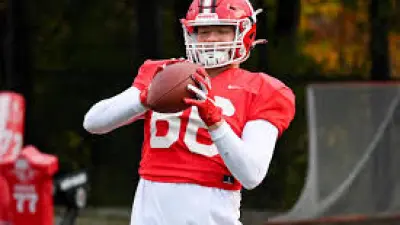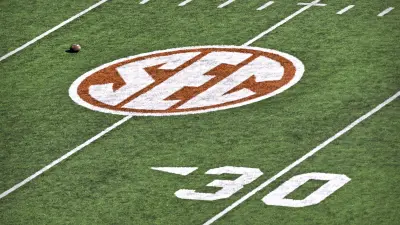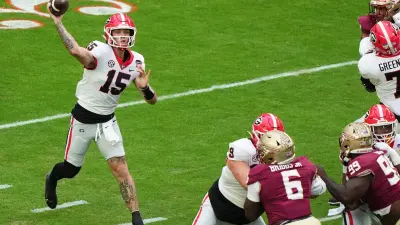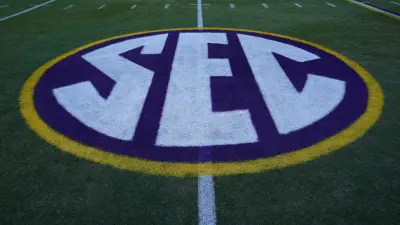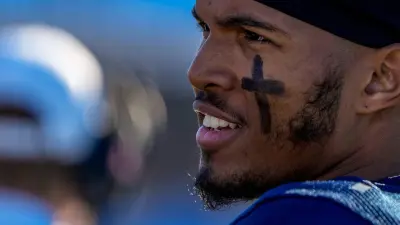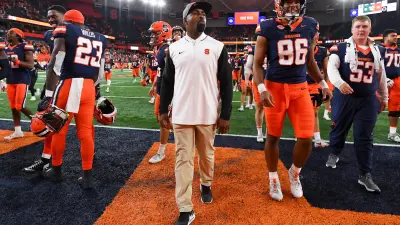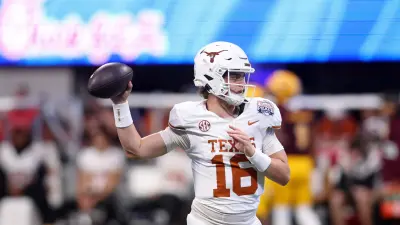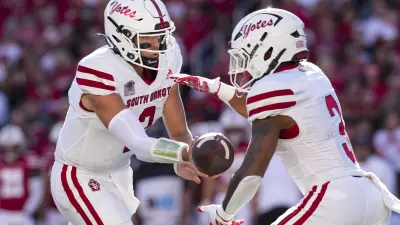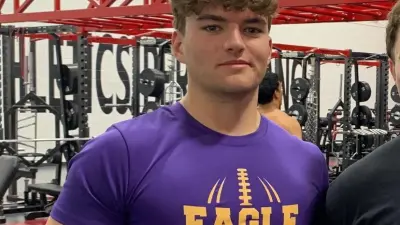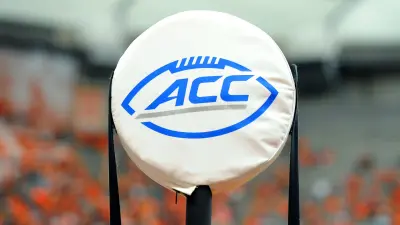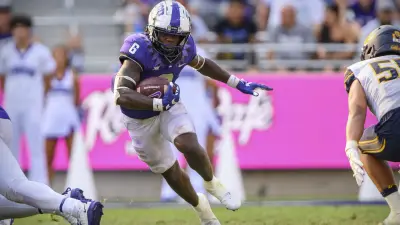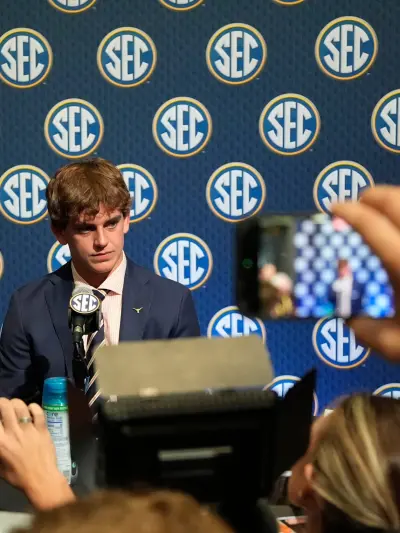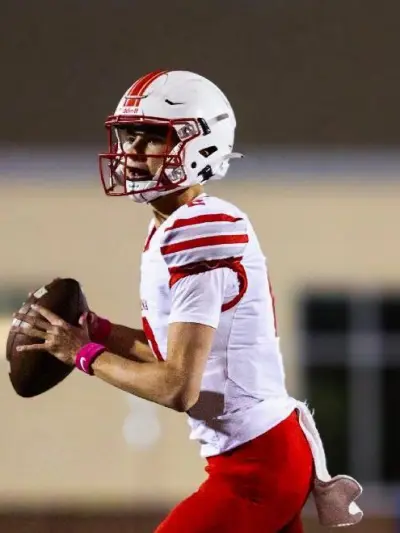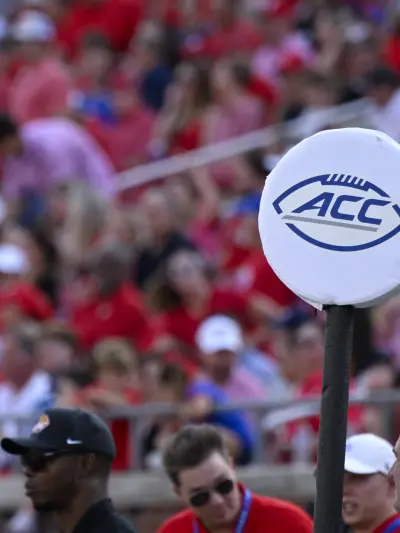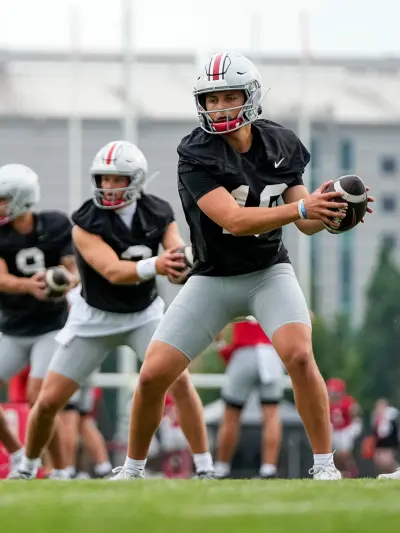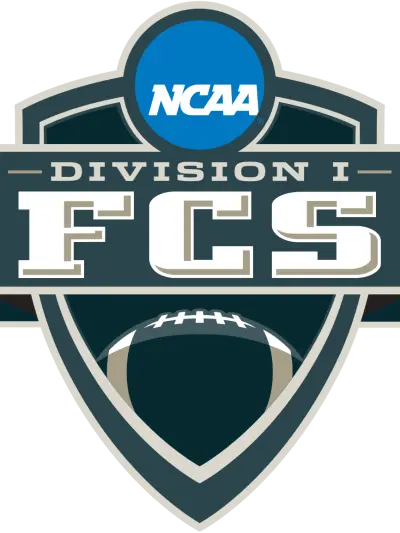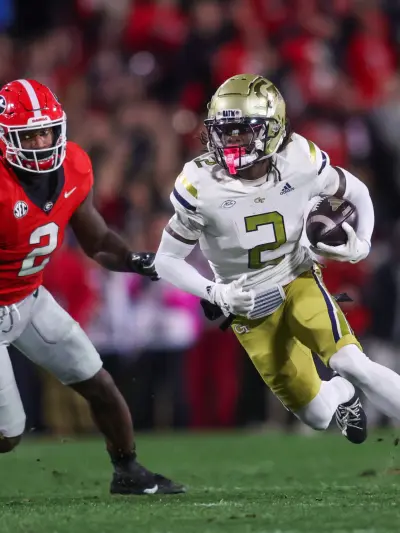By Kyle Golik
Longtime television executive and Big East commissioner Mike Aresco saw the writing on the wall, that the Big East conference was no longer to exist, as we knew it. The basketball conference that captivated the major markets in the northeast corridor that comprises the Bo-Wash megalopolis (Boston, New York City, Philadelphia, Baltimore, and Washington DC), turned to football to bolster its brand.
Throughout the 1990’s as college football exploded, so did the Big East. Having traditional powers throughout the eastern United States, it saw a higher profile. As television began to flex its financial influence over the game, the disparity amongst conferences began to grow and one of expansions earliest victims was the Big East.
When Miami, Virginia Tech, and Boston College left the Big East for ACC, it had a major blow to the conference that never truly recovered from. As many Big East schools said at the time, this is when it missed having a cornerstone program to keep them together. In the 1980’s, it rejected Penn State because its basketball program wasn’t up to caliber but there were still many hurt feeling from the all sports conference Joe Paterno wanted to create.
Aresco’s predecessor’s Mike Tranghese and John Marinatto tried to put bandages on the Big East to keep it from hemorrhaging. Marinatto even tried to get Boise State into the Big East, once it was realized the conference wouldn’t keep its BCS bowl status, the Broncos stayed away. But the idea Marinatto had to form a national conference didn’t escape Aresco.
As the “Catholic 7” basketball schools began to wield its influence from separating from the football schools, Aresco believed that was better for collegiate athletics, but felt there was a place for a national conference, something that did not exist at the time. “We really felt up against it there,” Aresco said. “We had mixed feelings about giving up the name. The Big East had a long tradition, but we felt that the financial settlement was extremely favorable. In the end, we needed a fresh identity.”
Aresco created the American Athletic Conference, the concept was collaborating some of the best middle collegiate programs over every time zone, and impacted collegiate athletics throughout the 2010’s.
More Sports News
As Aresco was looking for coveted assets for his conference, SMU was an attractive option. There was history, the location for SMU couldn’t be better being in a Top 10 US market like Dallas/Fort Worth, and on the football field the program had been to four consecutive bowl games.
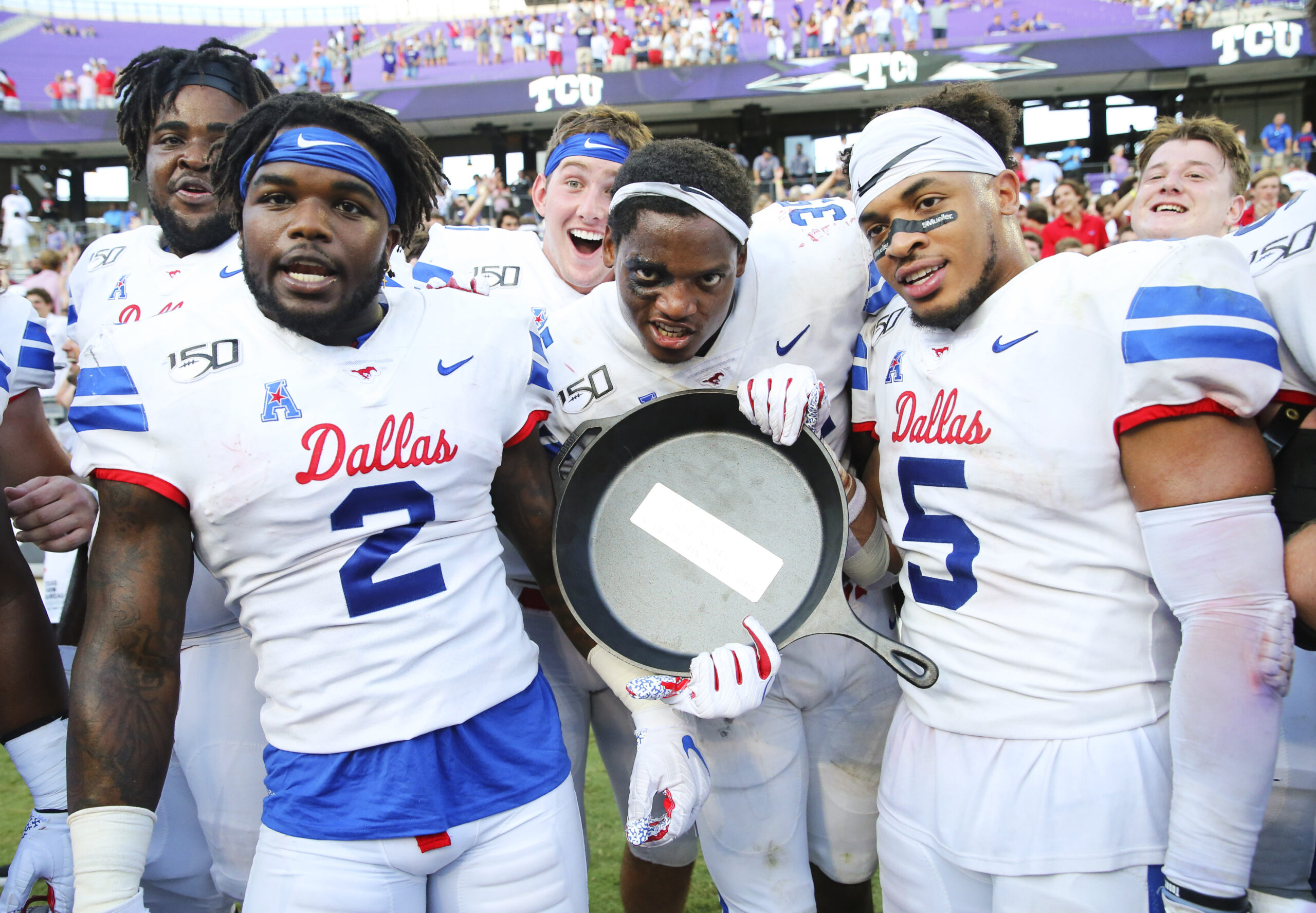
One of the major reasons SMU accepted the invitation for the American leaving Conference USA was for a better television contract. As Louisville and Rutgers were leaving the Big East for the ACC and Big Ten respectively, the value of the original contract went down but SMU president R. Gerald Turner remained optimistic.
“I don’t know what will happen, but obviously it’s a very competitive world and there is a lot of programming out there,” Turner said. “But I think as this greater sense of stability emerges, the networks are much more willing to talk and are calling rather than just receiving calls. I think that’s a big change.”
Early on during their tenure in the American, SMU had a tumultuous time. Head coach June Jones, who brought the necessary stability for the program, resigned suddenly in 2014 citing personal issues.
“This job has a lot of demands, as you know, and along with that journey comes a price that is paid,” Jones said during his press conference announcing his resignation.
To understand the job Jones did, between 1989 and 2008, SMU had two seasons where they had a .500 or better record and entered the 2009 season with a 17-game losing streak in Conference USA action. There were no bowl games and plenty of spartan crowds at Gerald J. Ford Stadium in Dallas.
After Chad Morris departed, SMU promoted offensive analyst Sonny Dykes as head coach, it was a change in the philosophy to spread it out and pass more, putting pressure on defensive secondaries.
The success was nearly instant as the Mustangs went 25-7 between 2019 and 2021, their most successful three season stretch since the Pony Express days of the early 1980’s. It was during the 2019 season, where the Mustangs returned to the national stage reaching 8-0 for the first time since 1982, and appeared in the polls for the first since 1986. Even ESPN’s Saturday Night Football and Gameday made an appearance on the Hilltop. Despite losing the shootout to No. 24 Memphis, who would go onto and represent the American in the Cotton Bowl, 54-48, the 1,067 yards of total offense, 53 first downs, and constant excitement displayed for a national audience how hungry Dallas was to have its college football team.
As many thought that Dykes was locked in returning SMU back to national glory, it couldn’t prevent TCU from sniping him to replace Gary Patterson. Dykes would lead the Horned Frogs to a College Football Playoff National Championship only adding more fuel to the fire of national recognition.
Dykes’ successor was offensive coordinator Rhett Lashlee, who embraced the role of restoring SMU back to glory.
Last season, the Mustangs when it scored 30 or more points was undefeated (10-0) and finished the regular season in the top 20 in the NCAA on offense in first downs (5th, 312), passing offense (19th, 285.1), passing yards per completion (6th, 14.82), red zone offense (10th, .929), sacks allowed (13th, 15), scoring offense (6th, 40.6), team passing efficiency (17th, 156.1) and total offense (14th, 465.5)
Redshirt junior QB Preston Stone, who was third-team All-AAC, will be the centerpiece of Lashlee’s offense along with tailback Jaylan Knighton, who led all Mustang rushers with 745 yards rushing and total yards from scrimmage with 834 yards, returns for his final season of eligibility.
SUMMER MAGAZINE REVEAL: Our top defensive lineman in the state is @SMUFB's @E1ijahRoberts. #PonyUp pic.twitter.com/80noailkIW
— Dave Campbell's — TexasFootball.com (@dctf) June 11, 2024
The Mustangs also hope to build on a defense that trailed only Penn State in total sacks on defense with 47, led by defensive end Elijah Roberts, who finished with 10 sacks and returns for a final season of eligibility and named by Dave Campbell as the best defensive lineman amongst Texas college football players. Defensive coordinator Scott Symons has seen the defense take clear steps forward since his first season.
Entering the 2024 season, hopes are highest from The Hilltop, they enter the season with an excellent portal class that provided depth in the trenches on both sides of the ball. In Dave Campbell’s annual All-Texas Team, SMU had 10 players named to the team, with Texas Longhorns the only school to have double-digit members to the team.
As I spent time last week in Dallas, the promotional materials and excitement surrounding SMU is in the air. They have a lot to prove on a week-to-week basis. They excelled essentially in the “one-game season” modes where playing a Power 5 was a rare occurrence, now it is on a week-by-week basis.
Putting on for our city and our state.
🔟 Mustangs were selected to represent the @dctf All-Texas Team.#PonyUpDallas pic.twitter.com/541CYjdGF5
— SMU Football (@SMUFB) June 10, 2024
This is the next rung on the ladder in the proverbial climb back to national relevance for SMU and an expensive one for that matter. The bet the Mustangs have on themselves is to the tune of $350 million of forfeited media rights money. If successful, what the Mustangs’ administrators feel is they will be coveted to one of the Super 2 conferences or if ACC positions itself to bring in a media deal comparable to the Super 2.
As July 1 approaches and SMU returns to a power conference, the irony of their return to major college football is the environment it now enters was the game it was playing that got them the “death penalty” in 1987, now that behavior is legal and SMU is willing to play with the big boys.
